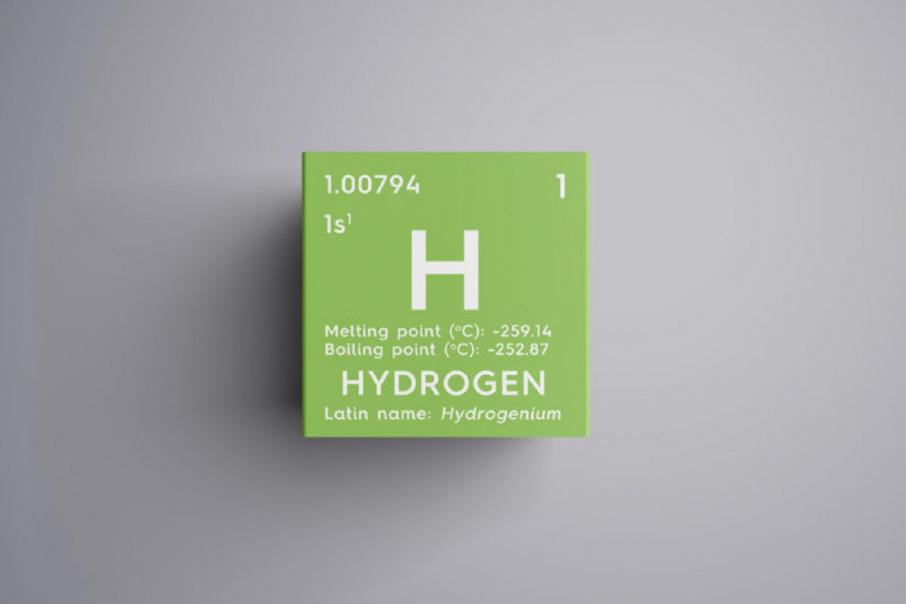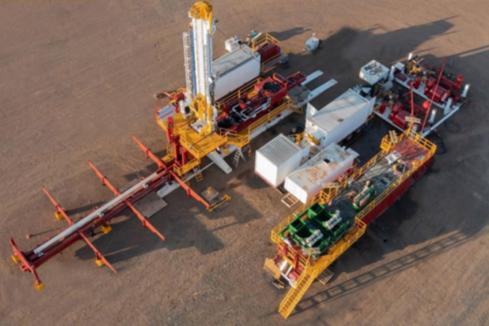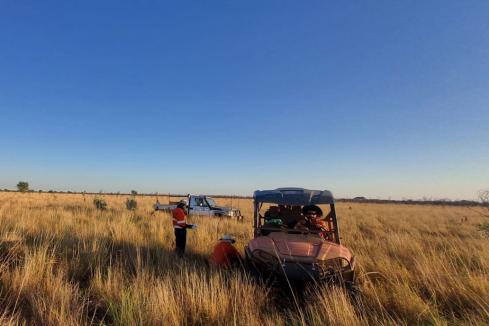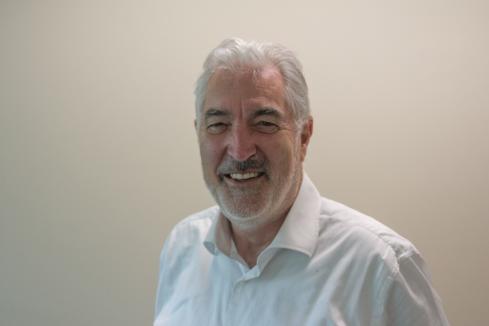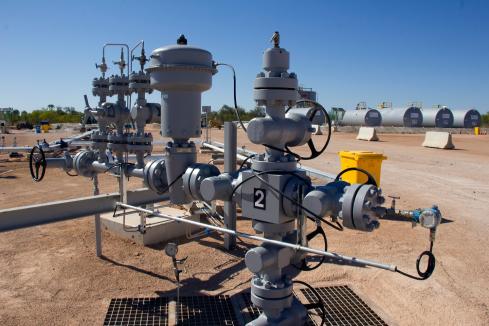The natural hydrogen exploration program run by Buru Energy ’s 100 per cent-owned hydrogen and helium business, 2H Resources, has been substantially boosted by a new research agreement with the Commonwealth Scientific and Industrial Research Organisation (CSIRO).
Management says the resulting study will focus on developing autonomous monitoring sensors to detect real-time surface occurrences of natural hydrogen in the same way mineral explorers use geochemical sampling.
As part of the research, 2H will get access to soil gas sensors developed by the CSIRO in an effort to measure the flow of hydrogen and other gases in the soil. The sensors are part of the exploration workflow that has been designed by 2H for areas which have been earmarked as prospective for natural hydrogen, with the aim of fast-tracking the positioning of future dedicated natural hydrogen exploration wells.
Buru has six petroleum exploration licence applications and two more for gas storage, covering more than 30,000 square kilometres in South Australia. Management believes they are highly-prospective for naturally-occurring hydrogen and the SA Government has already confirmed the company as the preferred applicant for the licences.
Once the licences have been granted and land-use agreements are ticked off, Buru plans to deploy its new sensors to the field as part of its first wave of exploration.
Buru Energy chief executive officer Thomas Nador said: “Buru has been actively incubating its 2H Resources subsidiary focused on natural hydrogen and helium exploration and development to ensure it is part of the future of energy, and not a passive observer of the transformation of the energy sector that is well underway. This latest development, involving this Research Agreement with the CSIRO will provide 2H Resources with added expertise and access to potential breakthrough innovation to support early exploration efforts for this essentially carbon-free energy source.”
In January, 2H received an independent third-party hydrogen-prospective resource estimate from RISC Advisory for its SA petroleum exploration licence application areas. It indicated a range of risked prospective hydrogen resources across the six application areas of between 49 million kilograms and 1.3 billion kilograms, with a risked “prospective best estimate” resource of 343 million kilograms.
In May, financial services firm PwC published a report on the global demand for green hydrogen. The study predicted demand to be moderate and steady through to 2030, at which time it will accelerate, particularly from 2035 onwards.
From 2050, demand could vary from 150 to 500 million metric tonnes per year, depending on global climate ambitions and the development of sector-specific activities, energy-efficiency measures, direct electrification and the use of carbon-capture technologies.
With the hydrogen industry in Australia very much in its embryotic stages, Buru has clearly made an investment to get to the front of the pack, Just how much that investment pays off may well be determined by the success of its SA study.
Watch this space.
Is your ASX-listed company doing something interesting? Contact: matt.birney@businessnews.com.au






